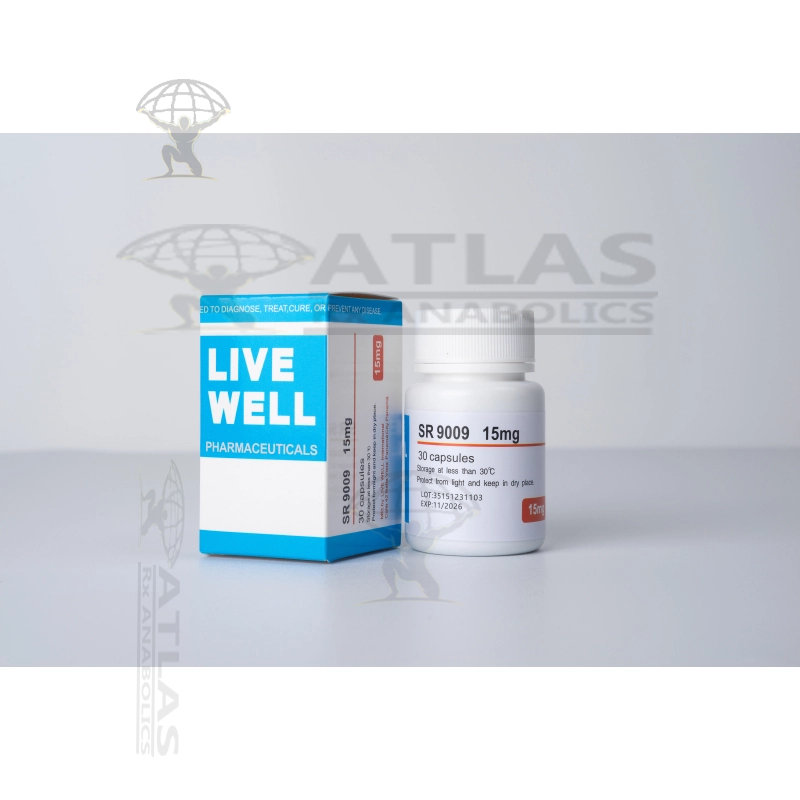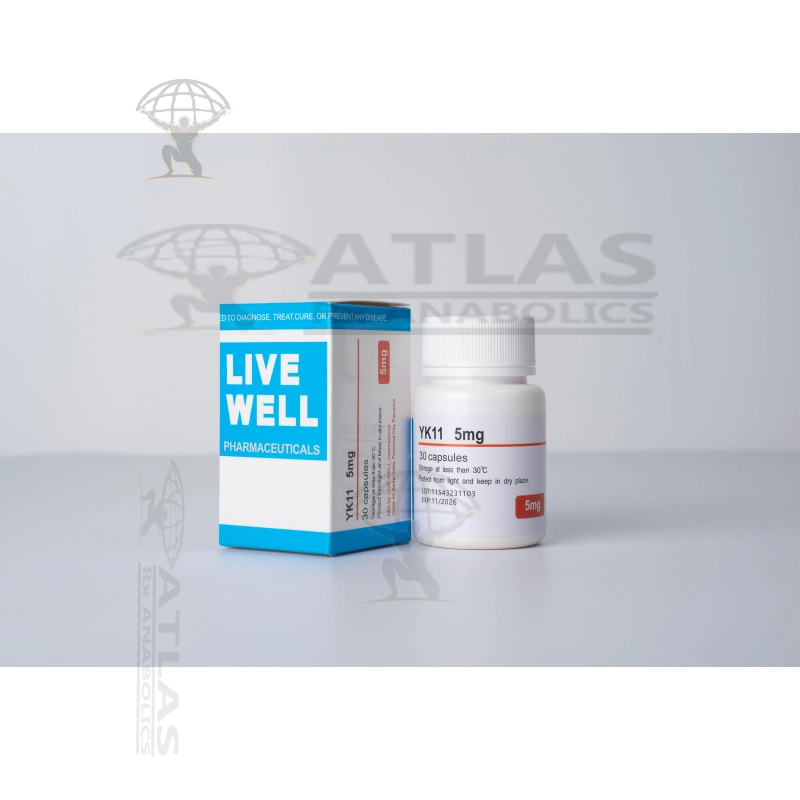Description for MASTERON PROPIONATE 100MG
Masteron Propionate 100mg is a popular anabolic steroid that is derived from dihydrotestosterone (DHT). It is also known by its chemical name, drostanolone propionate. This compound is highly valued in the bodybuilding and athletic communities due to its unique properties and benefits.
Masteron Propionate is typically available in injectable form and is used primarily as a cutting agent. It is known for its ability to enhance muscular definition, hardness, and vascularity, making it a perfect choice for bodybuilders and athletes who want to achieve a lean and ripped physique. It is commonly used during the pre-competition phase to help athletes display a more chiseled and shredded appearance on stage or before important events.
One of the key attributes of Masteron Propionate is its anti-estrogenic properties. It acts as an aromatase inhibitor, which means it can prevent the conversion of testosterone into estrogen, the primary female sex hormone. By inhibiting estrogen production, it helps to minimize water retention and bloating, leading to a more dry and lean appearance. Additionally, it can also reduce the risk of estrogen-related side effects such as gynecomastia (development of breast tissue in males).
Another benefit of Masteron Propionate is its potential to increase strength and endurance. It can enhance the rate of protein synthesis, resulting in improved muscle growth and recovery. This can lead to increased power and stamina during workouts, allowing users to train harder and push their limits.
Although Masteron Propionate is primarily used for cutting purposes, it can also be used in certain bulking cycles. When combined with other anabolic steroids, it can help to counteract the estrogenic side effects and promote a more lean and dry muscle gain. However, it is worth noting that Masteron Propionate is not a mass-building steroid like testosterone or Dianabol, so its bulking effects may be limited.
In terms of dosage, Masteron Propionate is typically administered every other day or three times per week due to its short half-life. The recommended dosage ranges from 100mg to 300mg per week, and the cycle duration usually lasts between 6 to 12 weeks. However, dosages and cycle lengths can vary depending on individual goals, experience, and tolerance.
As with any anabolic steroid, Masteron Propionate does come with potential side effects. These can include androgenic effects such as oily skin, acne, increased facial and body hair growth, and potential hair loss in individuals predisposed to male pattern baldness. It is also important to note that Masteron Propionate, like other anabolic steroids, is a controlled substance and should only be used under the supervision of a healthcare professional.
In conclusion, Masteron Propionate 100mg is a highly regarded anabolic steroid that is commonly used for cutting purposes. Its ability to enhance muscle definition, reduce water retention, and provide anti-estrogenic effects make it a valuable tool for achieving a lean and shredded physique. However, it is important to use this compound responsibly and with proper guidance to minimize potential side effects and ensure optimal results.
Shipping Cost
On all orders is set at $25.00
Secure checkout
Protected by Bitcoin
Offer & gift here
On all huge orders









Lily Martinez
This product has exceeded my expectations. It has made my life so much easier and more organized. Highly recommended.
Hazel Thompson
I am extremely satisfied with this product. It is of excellent quality and performs exceptionally well.